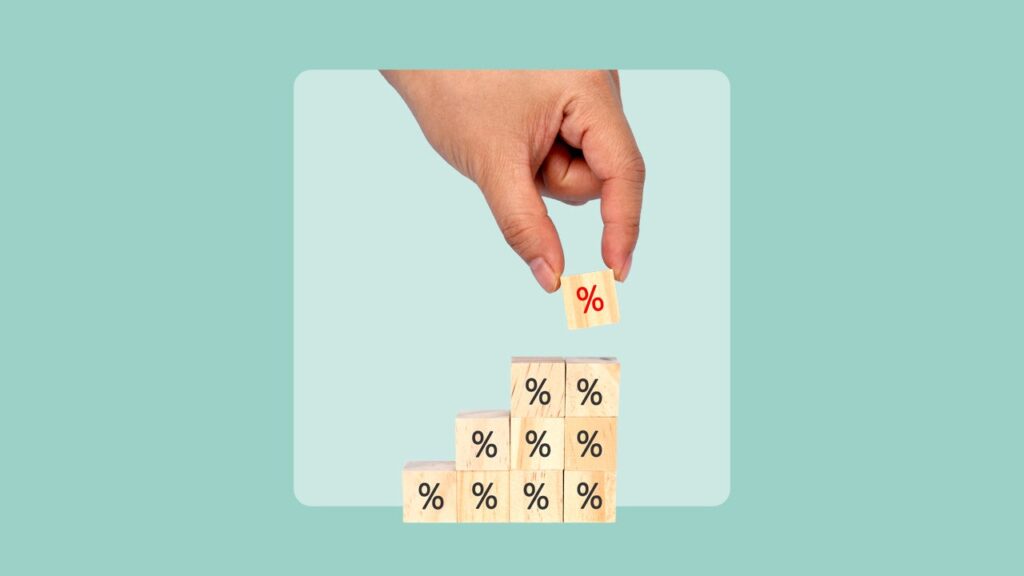With bond yields reaching levels not seen in more than a decade following interest rate hikes by the Federal Reserve, investors are now faced with a decision on whether to increase or decrease their bond exposure after the Fed’s recent 50 basis point rate cut in September 2024.
The Impact of Lower Interest Rates on Bonds
For the past 15 years, interest rates have remained historically low. The Fed cut rates after the 2008 financial crisis, and inflation remained subdued, allowing rates to stay low. When the Covid-19 pandemic hit in March 2020, the Fed once again cut rates to stimulate the economy, resulting in the 10-year Treasury yield hovering around 0.50 percent by August 2020.
However, as the economy recovered from the pandemic shock, inflation began to rise. By March 2023, inflation had reached 8.5 percent, prompting the Fed to raise rates to combat high inflation. The rapid rate hikes saw the Fed’s key rate rise to about 5.3 percent as of Sept. 17, 2024.
The increase in rates led to a decline in bond prices throughout 2023, with the Bloomberg U.S. Aggregate Bond Index experiencing a 13 percent drop, marking the worst bond performance in decades. Bond prices and yields move inversely, causing prices to fall as yields rise.
Despite the recent rate cut, some investors may find an investment opportunity in bonds that has not been available for some time. However, this opportunity may be short-lived.
Is Now a Good Time to Invest in Bonds?
Greg McBride, chief financial analyst at Bankrate, suggests that bond yields are still appealing to investors despite the decrease in interest rates. High-quality bonds offer predictable and consistent coupon income without the volatility of riskier assets, providing diversification benefits.
According to Ryan Linenger, a financial advisor at Plante Moran, the current environment presents attractive yields for high-quality bonds compared to previous years of low rates. While bonds may not offer the same long-term returns as stocks, they are less volatile and can help lower portfolio risk without sacrificing returns.
As equity markets reach record highs, rebalancing with bonds could be a prudent move, says Linenger. However, individual allocation decisions should consider the investor’s needs, cash flows, and financial plan.
Investors may find locking in longer-duration bonds appealing as short-term yields are expected to decrease faster than long-term yields in the coming months. McBride advises acting promptly as additional rate cuts loom on the horizon.
While the window of opportunity for bonds is narrow, seizing it sooner rather than later is recommended as yields are unlikely to improve with time.
Conclusion
Each investor’s decision on holding bonds will depend on their unique circumstances. However, the recent rise in interest rates has made bonds more attractive than they have been in years. Despite the Fed’s rate cut in September and potential future cuts, longer-term bonds still offer an opportunity to lock in yields before rates decline further.
— This article was updated with contributions from Bankrate’s Rachel Christian.

